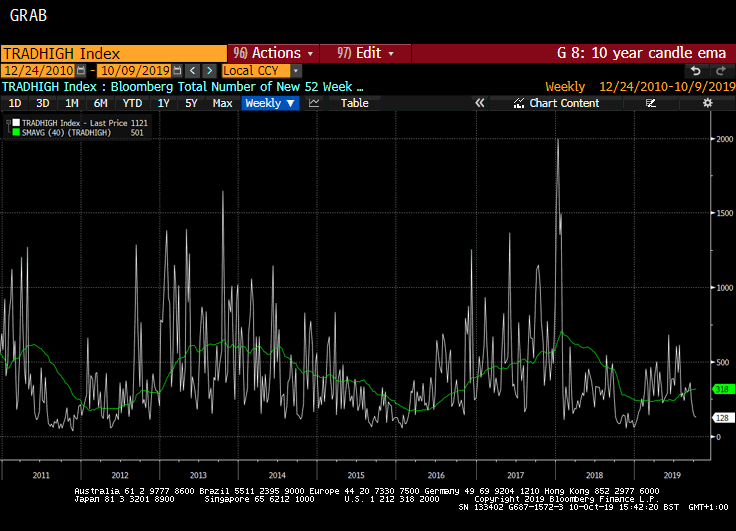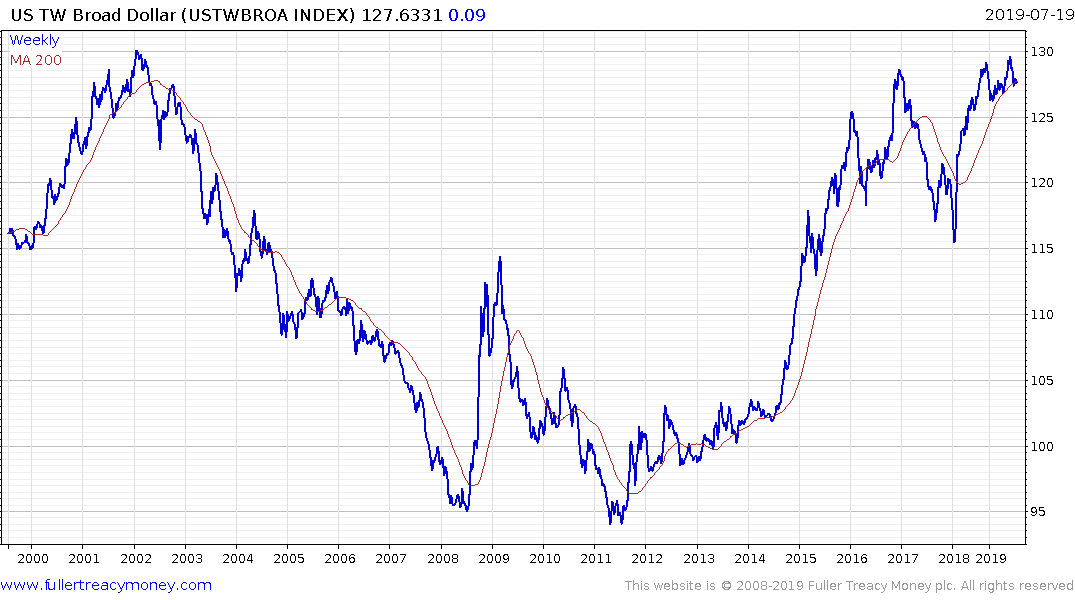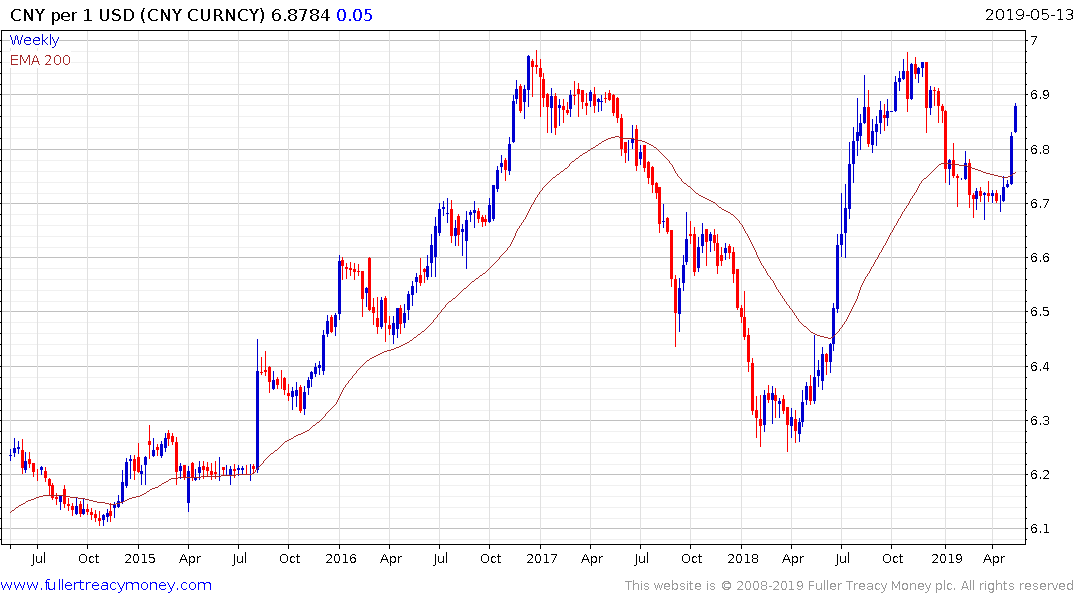Brazil Coffee Areas Seen Drier than Normal in Next 5 Days
This note by Manisha Jha for Bloomberg may be of interest. Here it is in full:
Eoin Treacy's view -Drier than average conditions are forecast across the Brazilian coffee region over the next five days, particularly in Cerrado, Marex Spectron said in emailed weather report.
Regions of southern Espirito Santo, southeast Minas Gerais and southeast Sao Paulo are forecast to be wetter than average
In the next five days thereafter, the whole Brazilian coffee region is expected to be wetter than average, except for the northern coffee region, which is expected to be slightly drier than normalVIETNAM
Typhoon Nakri is forecast to weaken to a tropical depression before it makes landfall over central or eastern Vietnam between Nov. 10 and 11
“It is associated with heavy rain and strong, sustained winds”
There is an anomaly of 10 mm predicted across the Central Highland region over the next five days
Drier than average conditions expected in the northern coffee areas
NOTE: Vietnam Coffee Harvest Threatened by Tropical Storm: Maxar
Arabica coffee is particularly affected by weather conditions in Brazil and the price is also influenced by the outlook for the Real. Meanwhile Robusta coffee is much more dependent on growing conditions in the Vietnamese highlands
This section continues in the Subscriber's Area. Back to top





.png)
